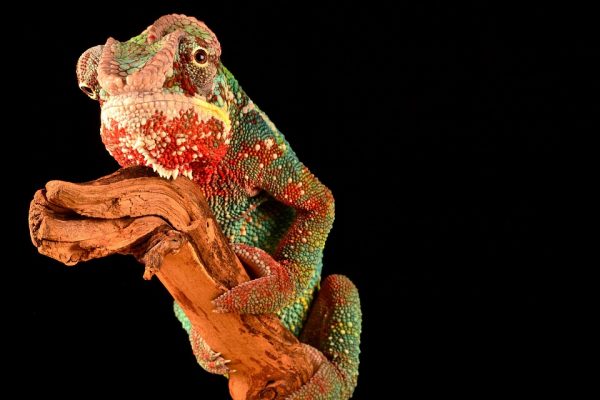Can a chameleon build a galaxy? According to new computer models, yes.
This isn’t a surrealist joke but rather the implication of recent simulations that aim to explain the inner workings of dark energy, a mysterious force that is driving apart everything in the universe. The findings, published July 8 in the journal Nature Astronomy, lend support to a model of dark energy known as Chameleon Theory.
Hints of dark energy were first discovered in the late 1990s, when cosmologists measured the light from distant supernovas and realized that the stars were dimmer than expected, suggesting that the fabric of spacetime was not only expanding, but accelerating in its expansion. Physicists proposed the existence of a force that worked in opposition to gravity, pushing things away from one another, rather than pulling them together. [The Biggest Unsolved Mysteries in Physics]
Most researchers subscribe to the idea that dark energy is what’s known as the cosmological constant, a type of energy pent up in the vacuum of space itself, Baojiu Li, a mathematical physicist at Durham University in the United Kingdom, told Live Science. “This simple model works very well practically, and it is a straightforward addition to the cosmological model without having to modify the law of gravity,” he said.
The problem is that leading physics theories predict that the value of the vacuum’s energy should be 120 orders of magnitude higher than what cosmologists observe from actual measurements of dark energy in the universe, said Li. So physicists have sought out alternate explanations, including Chameleon Theory.
The theory proposes a new force, atop the four already known, mediated by a particle called the chameleon particle, according to an explainer in Sky and Telescope magazine. The chameleon force would act like dark energy, driving apart galaxies in the cosmos. But having an unexpected fifth force comes with its own dilemma — how come our instruments have never before seen such a particle?



